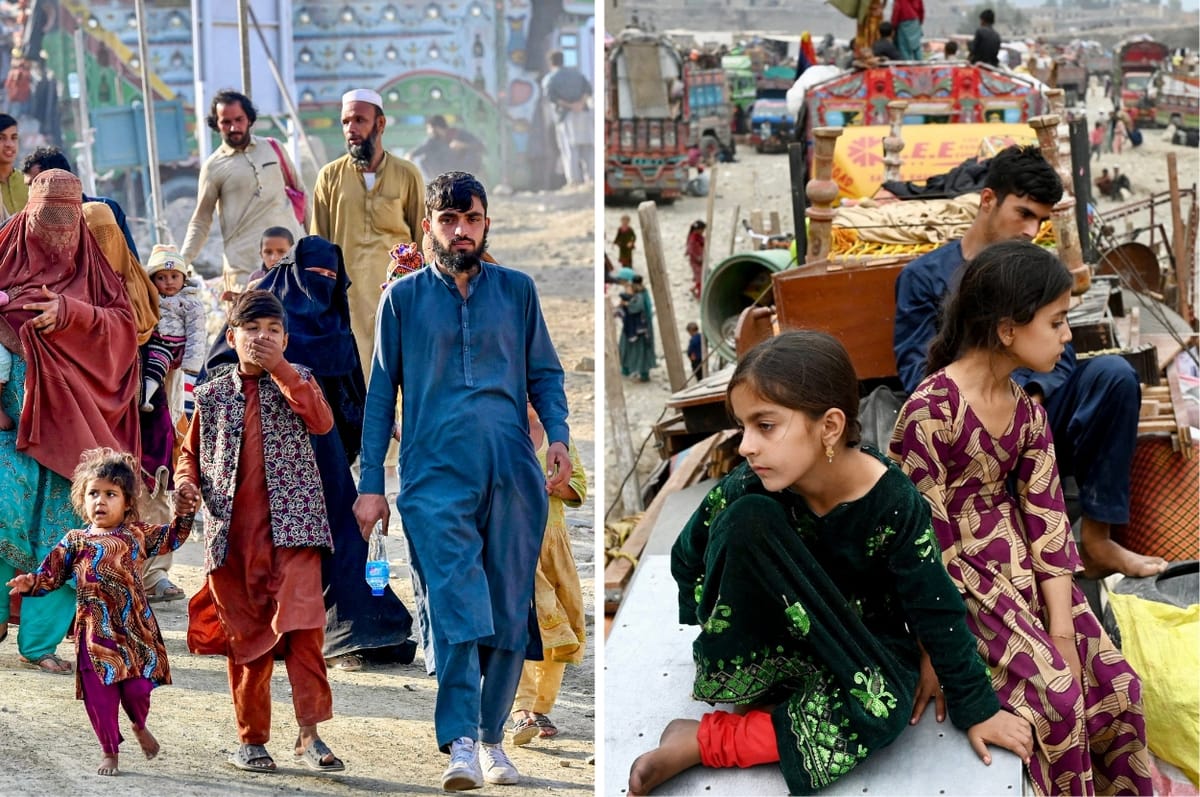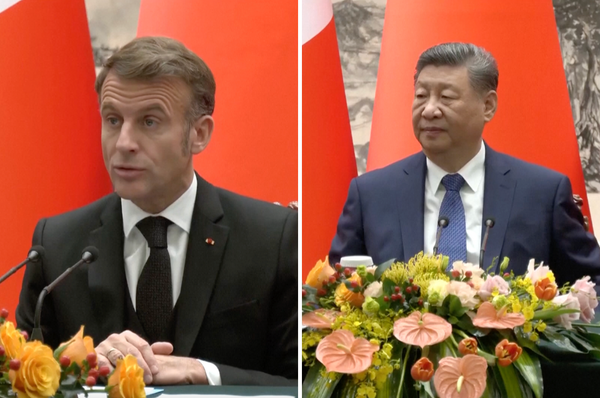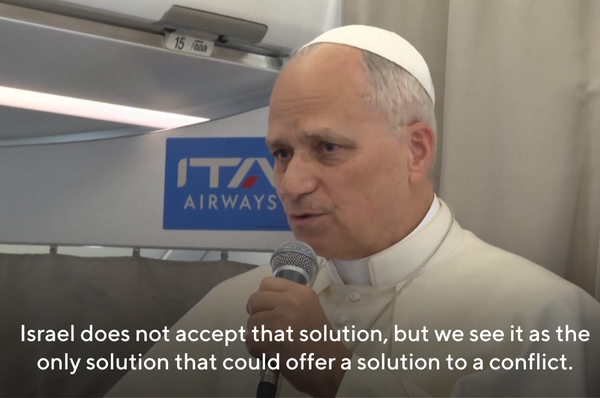India And Pakistan, Two Nuclear-Armed Neighboring Countries, Have Agreed To A Ceasefire After Four Days Of Fighting
Trump announced that India and Pakistan had used "Common Sense and Great Intelligence" and agreed to a full and immediate ceasefire following talks mediated by the US.
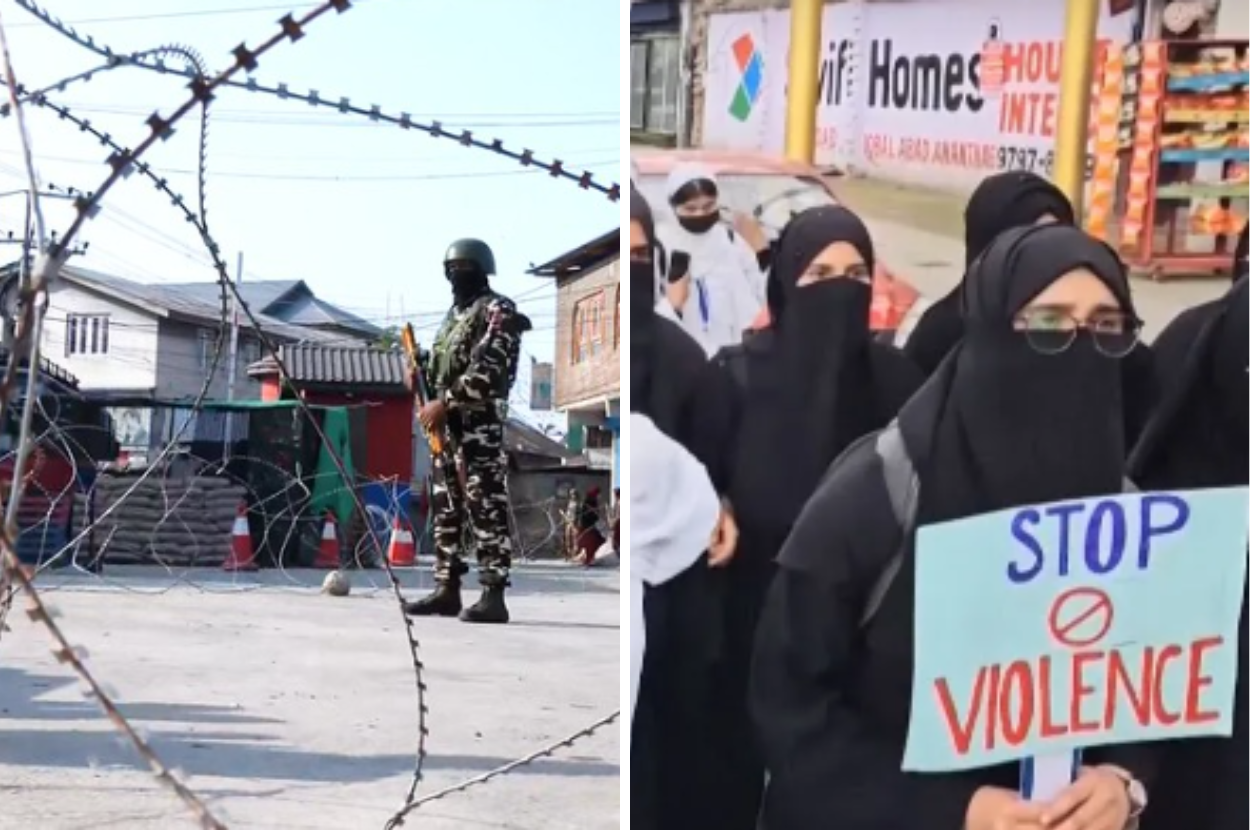
India and Pakistan, two nuclear-armed neighboring countries, have agreed to a ceasefire after four days of fighting, US President Donald Trump announced on Saturday, May 10.

Since Wednesday, May 7, India and Pakistan have been launching missile and drone attacks against each other after a militant attack in Kashmir, which both India and Pakistan claim full control over.
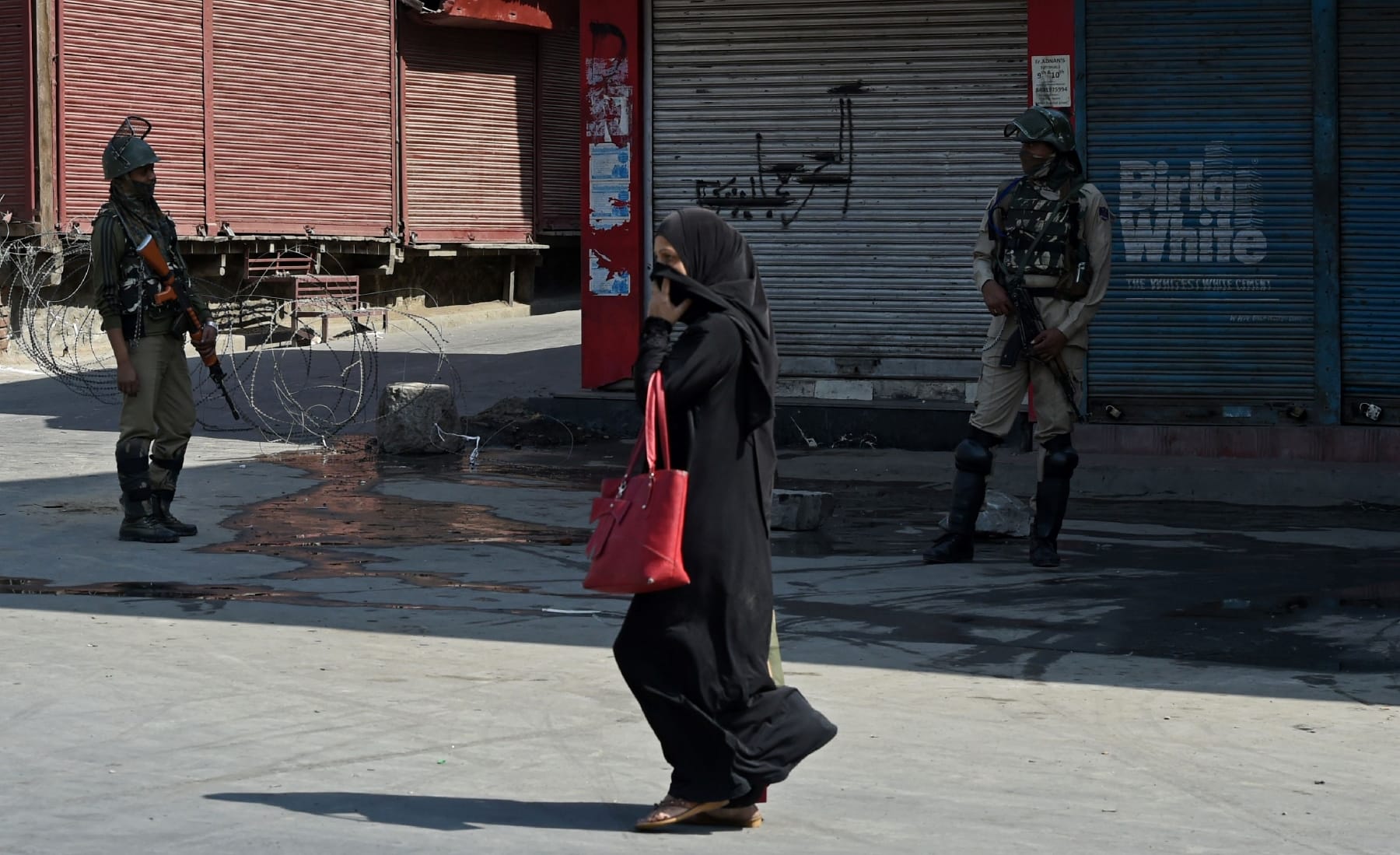
Kashmir, which is majority Muslim, was split between India and Pakistan by a UN-brokered ceasefire in 1949 after a war in 1947, with India calling its part "Jammu and Kashmir" and Pakistan calling its parts "Azad Kashmir" and "Gilgit-Baltistan".
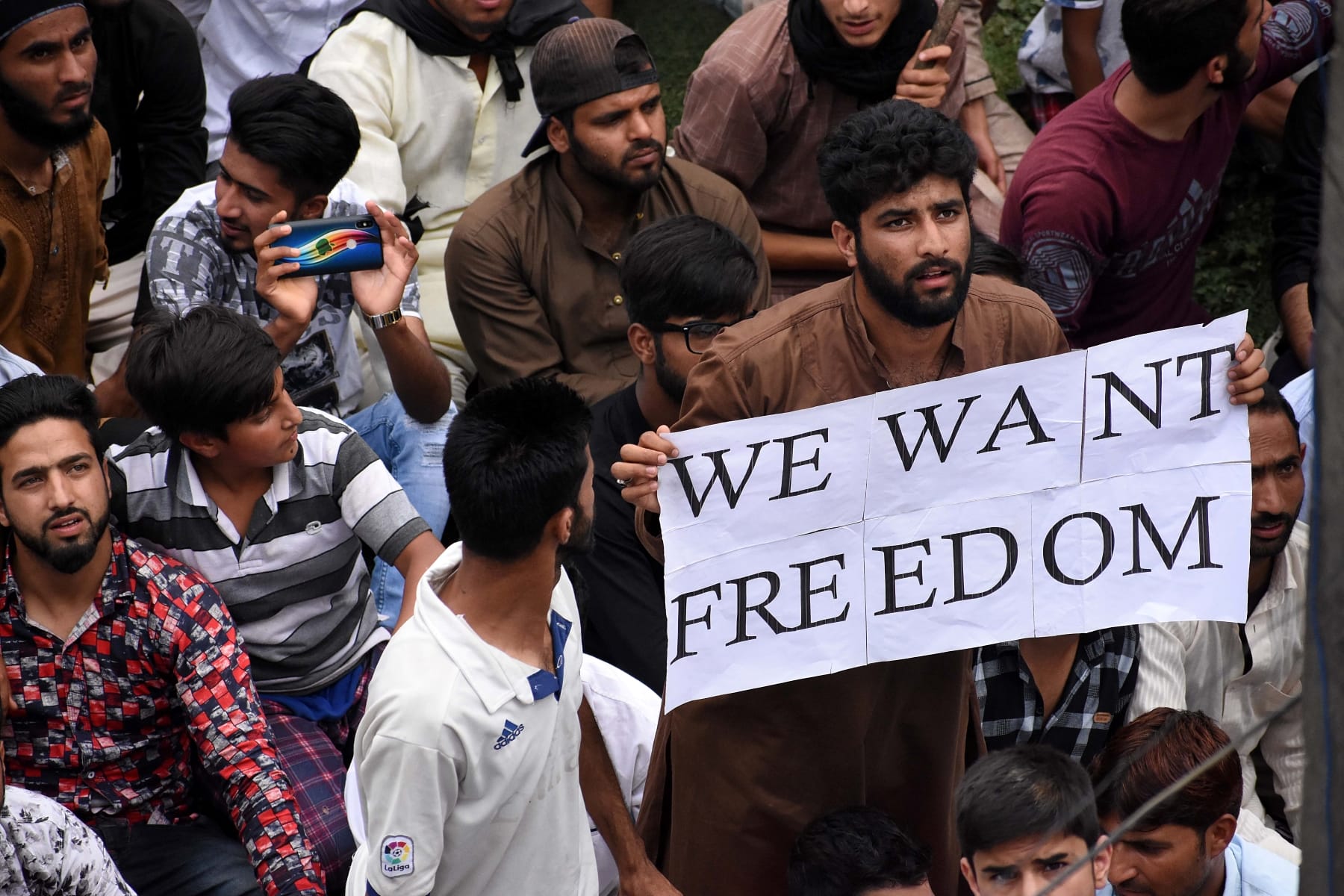
Since then, India and Pakistan have fought four wars — three of them directly or indirectly tied to Kashmir — and regularly clashed along the border inside Kashmir, known as the Line of Control.
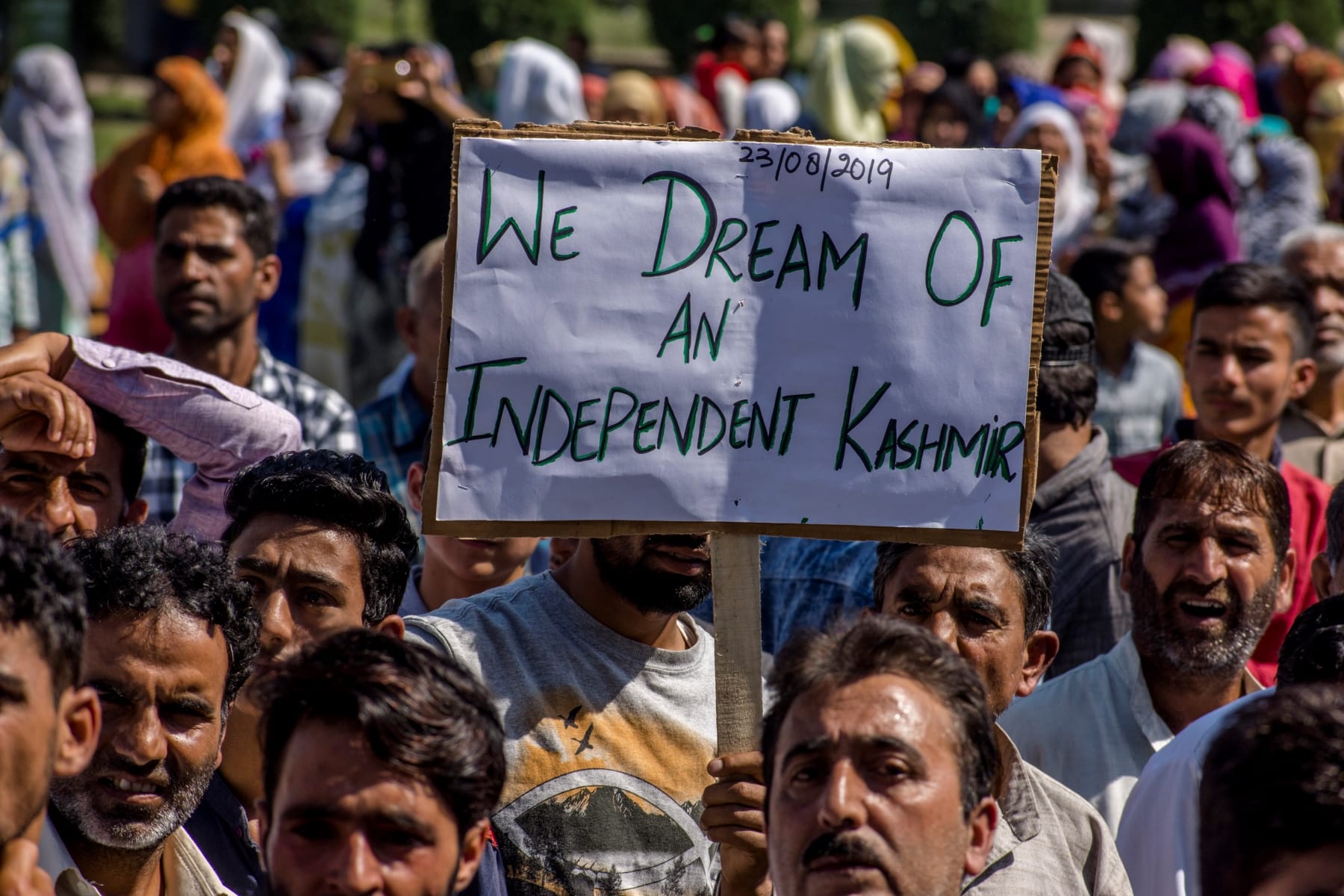
In 2019, the Indian government revoked Article 370 in its constitution, which had guaranteed Jammu and Kashmir special autonomous status and protected Kashmiris from land grabs, with only locals allowed to buy property.
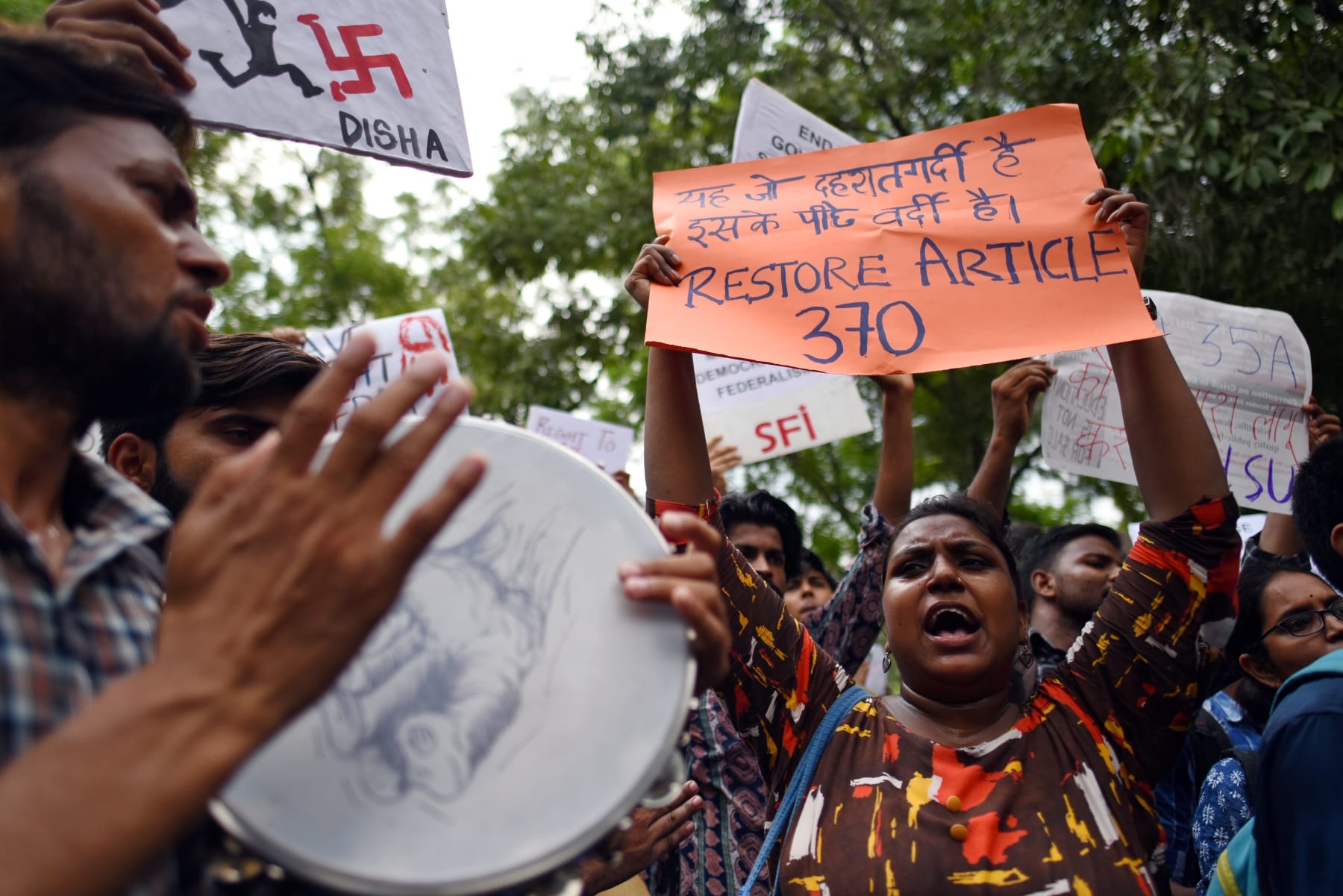
In doing so, the Indian government dissolving the Kashmiri government and brought the region under its full and direct control.
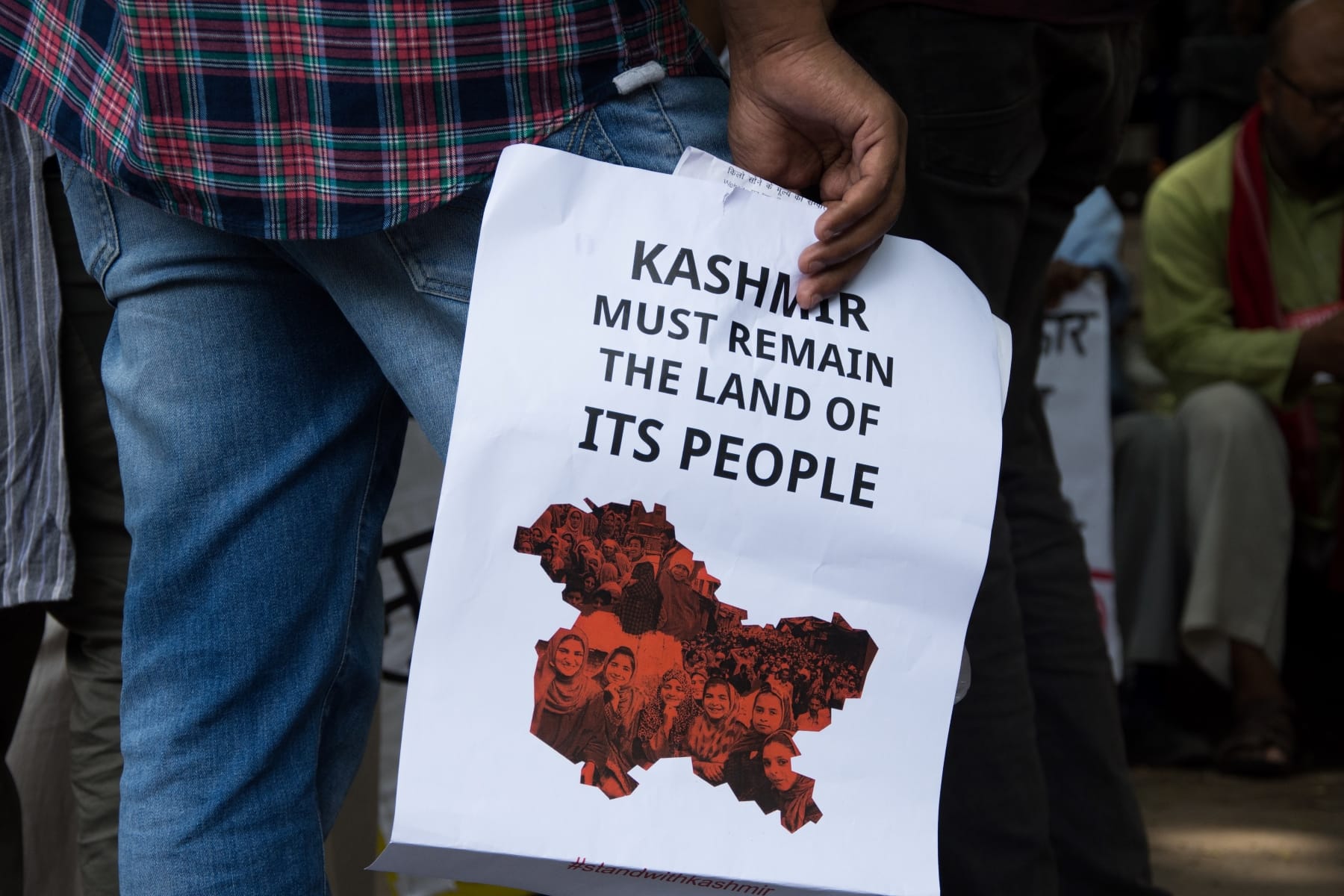
Since then, India has dramatically increased its military presence in Jammu and Kashmir, stationing an estimated 500,000 to 700,000 troops inside the region, making Jammu and Kashmir one of the most heavily militarized regions in the world.
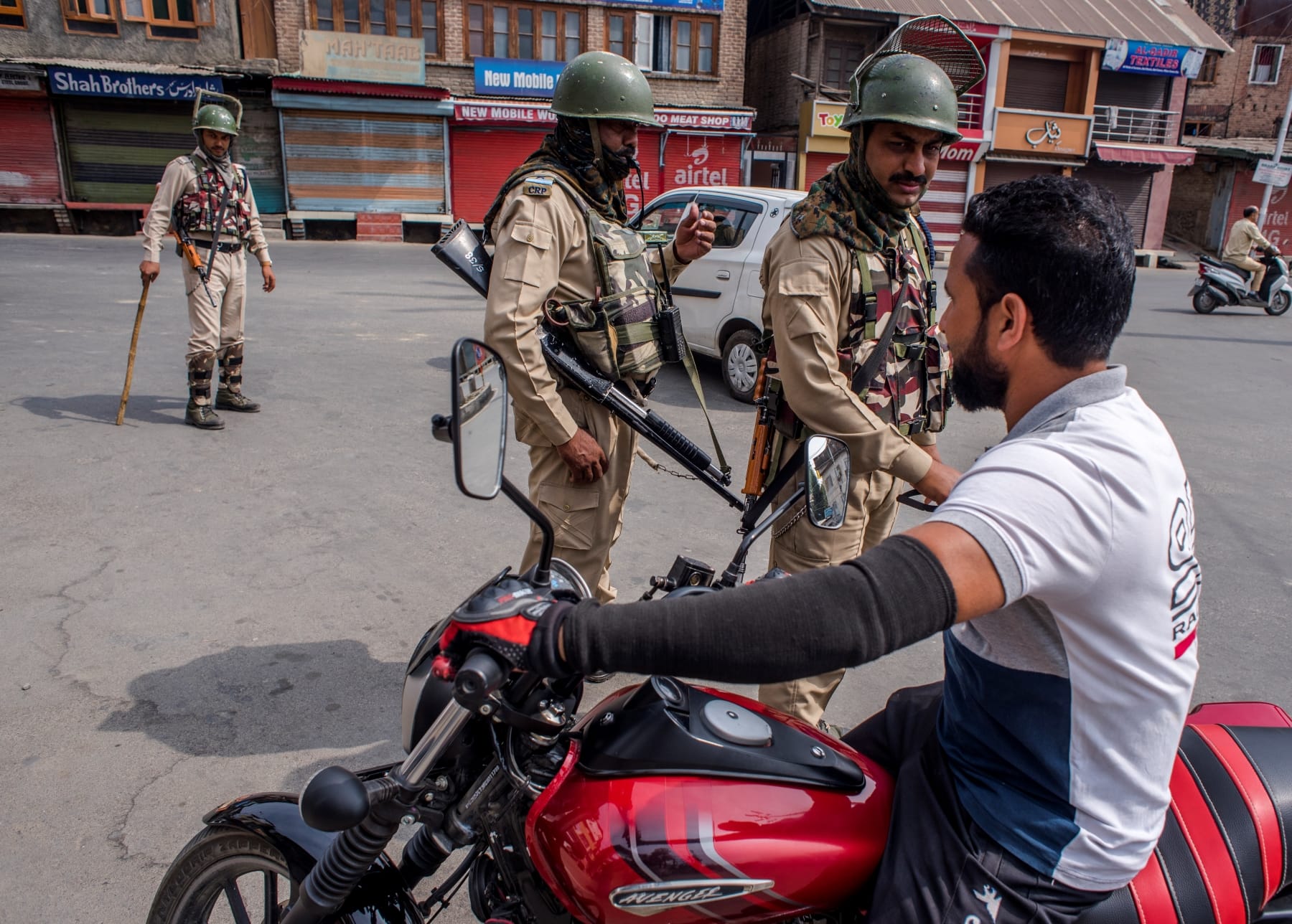
It has also repeatedly cut off the internet in Kashmir, targeted and arrested journalists and local politicians and banned most international media from entering the region.
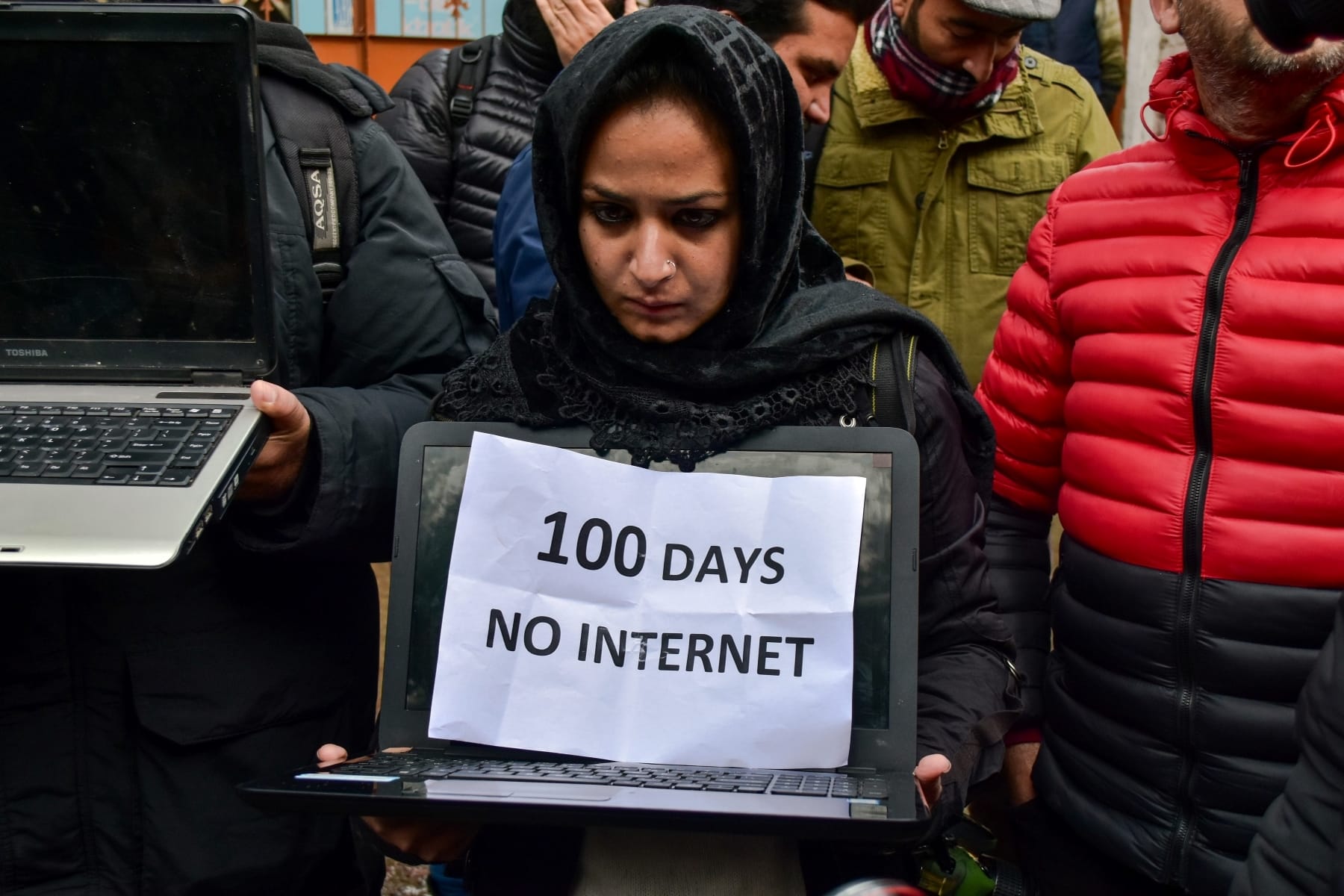
India's move in 2019 also sparked concerns that the Indian government is trying to change the region’s Muslim identity by pushing a Hindu nationalist agenda.
This is because revoking Article 370 allowed non-Kashmiris — often Hindus — to move in and buy land, which could permanently alter the region's demographic make up.
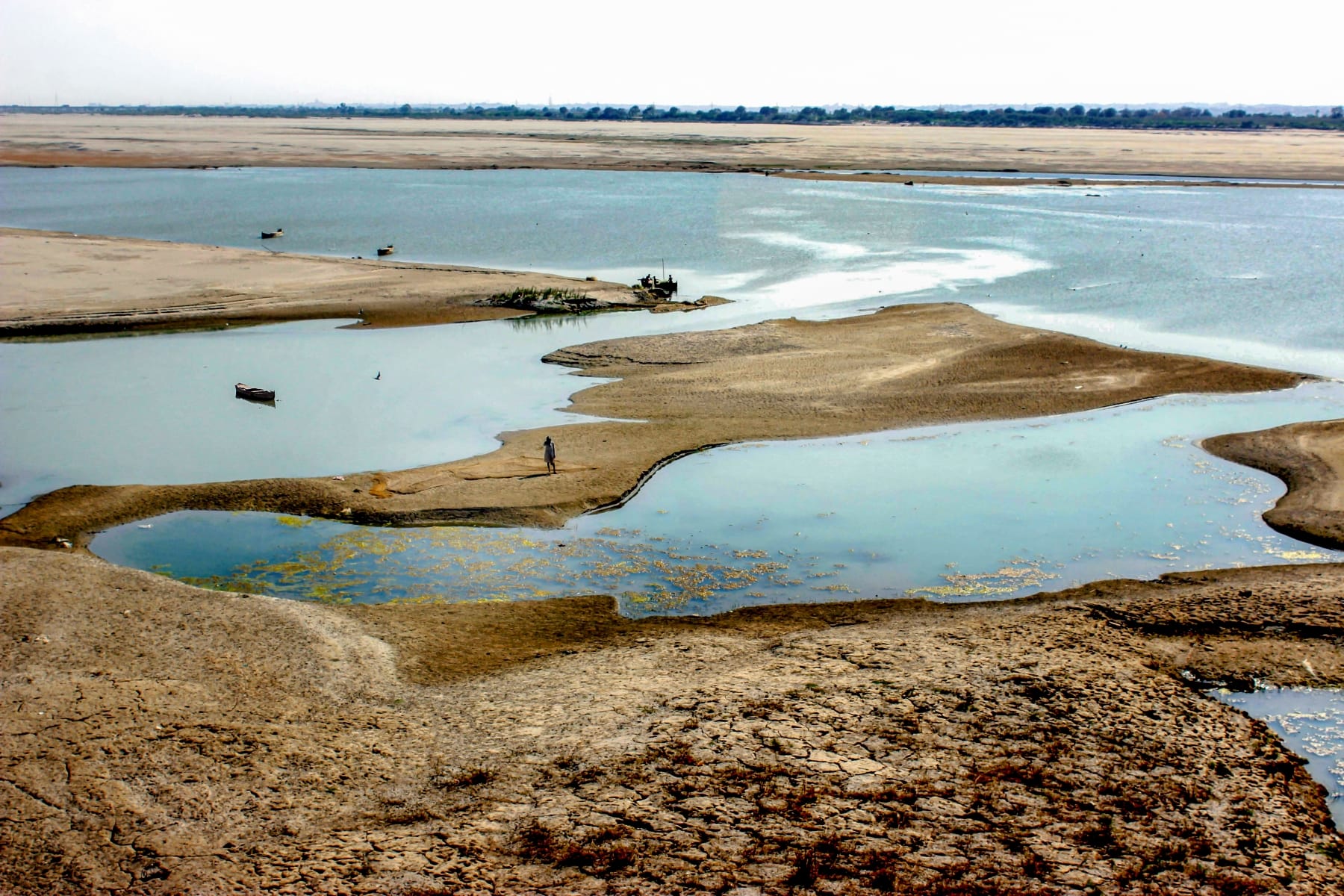
On April 22, tensions escalated between India and Pakistan, two nuclear-armed neighboring countries, after gunmen killed at least 26 tourists in the India-controlled part of Kashmir.
The Resistance Front (TRF), a militant group that formed in 2019 after India revoked Article 370, claimed responsibility for the attack, saying it was in response to "outsiders" from settling in Kashmir.

India, which designates TRF as a terrorist organization, blamed Pakistan for supporting TRF, but Pakistan has rejected the accusation, saying that TRF is a "home-grown" insurgency that originated from within Kashmir itself.
On May 7, India then launched a wave of missile and airstrikes strikes into Pakistan and the Pakistan-administer side of Kashmir, saying it was targeting "terrorist infrastructure" in six cities.
Pakistani officials said the attacks killed at least 31 people, including civilians and children.
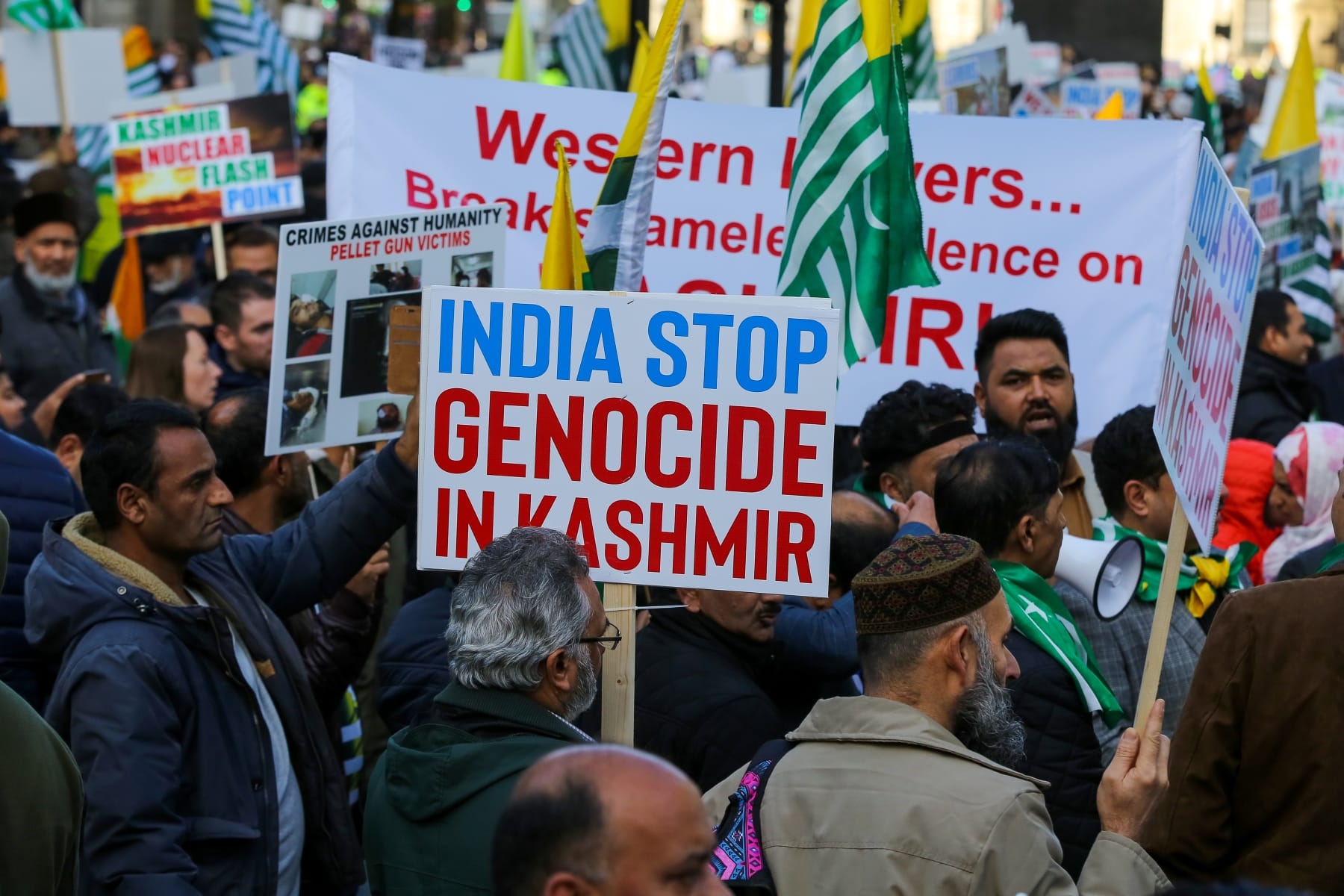
In response, Pakistan then launched its own attacks, including firing drones and missiles at multiple locations in northern and western India, targeting several cities, but India reported it neutralized these attacks using air defense systems.
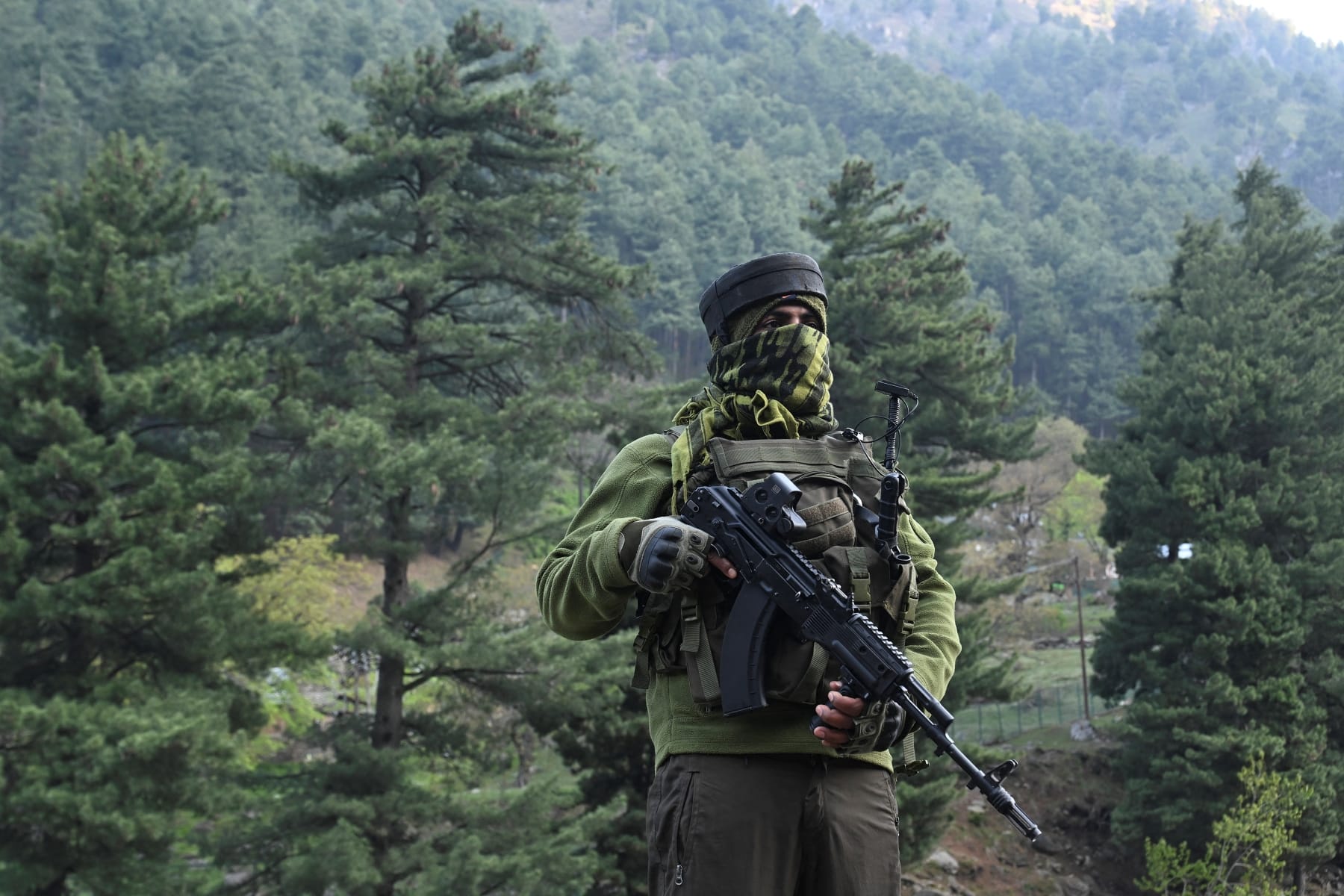
The two continued to exchange artillery and gunfire along the disputed border in Kashmir, with both sides reporting casualties.
But on Saturday, Trump announced on his Truth Social platform that India and Pakistan had used "Common Sense and Great Intelligence" and agreed to a full and immediate ceasefire following talks mediated by the US.
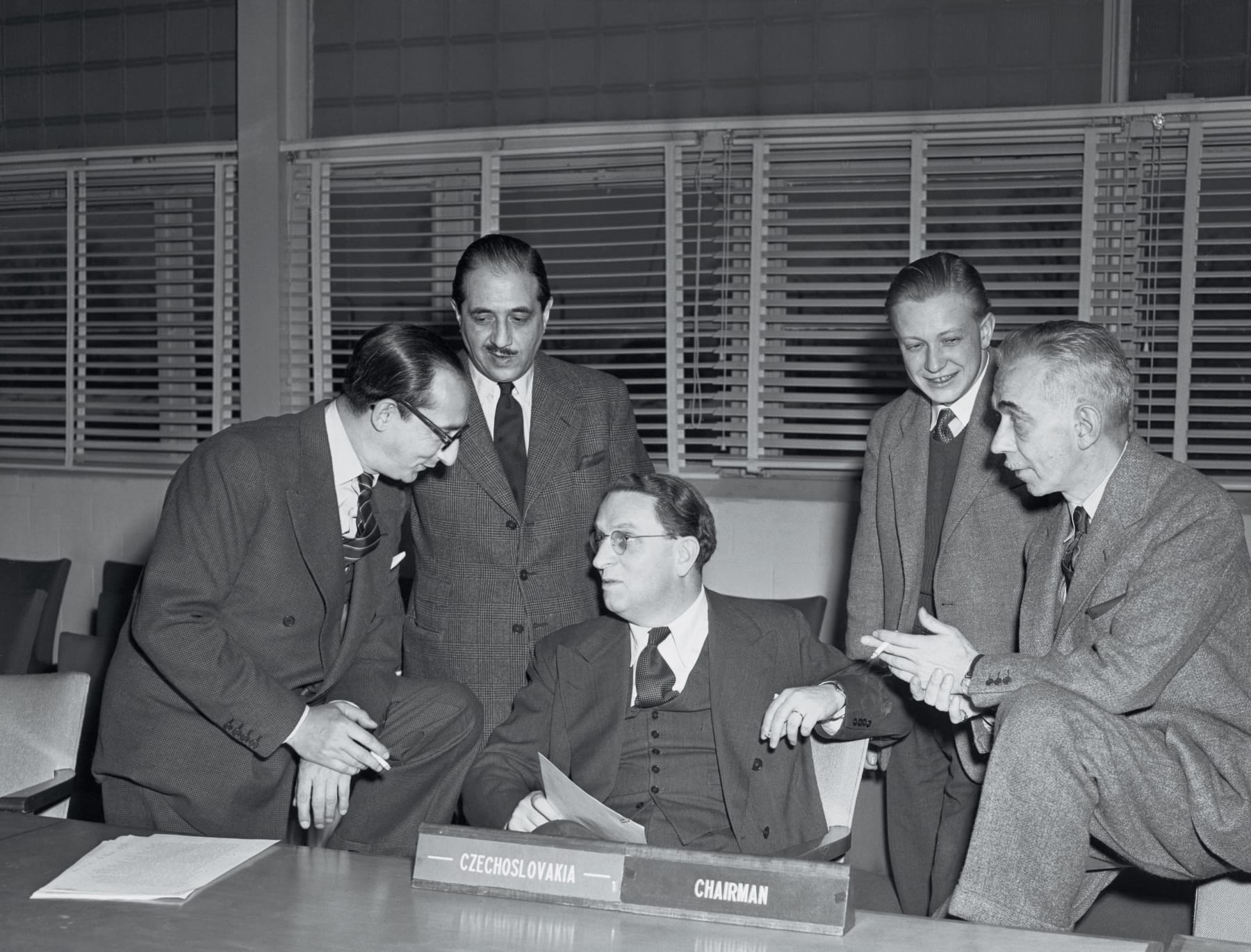
The ceasefire was confirmed by both Pakistan and India's respective foreign ministers shortly after, although both sides accused each other of violating the deal hours later.

However, as of the morning of Sunday, May 11, the truce appeared to be holding.
You Might Also Be Interested In

